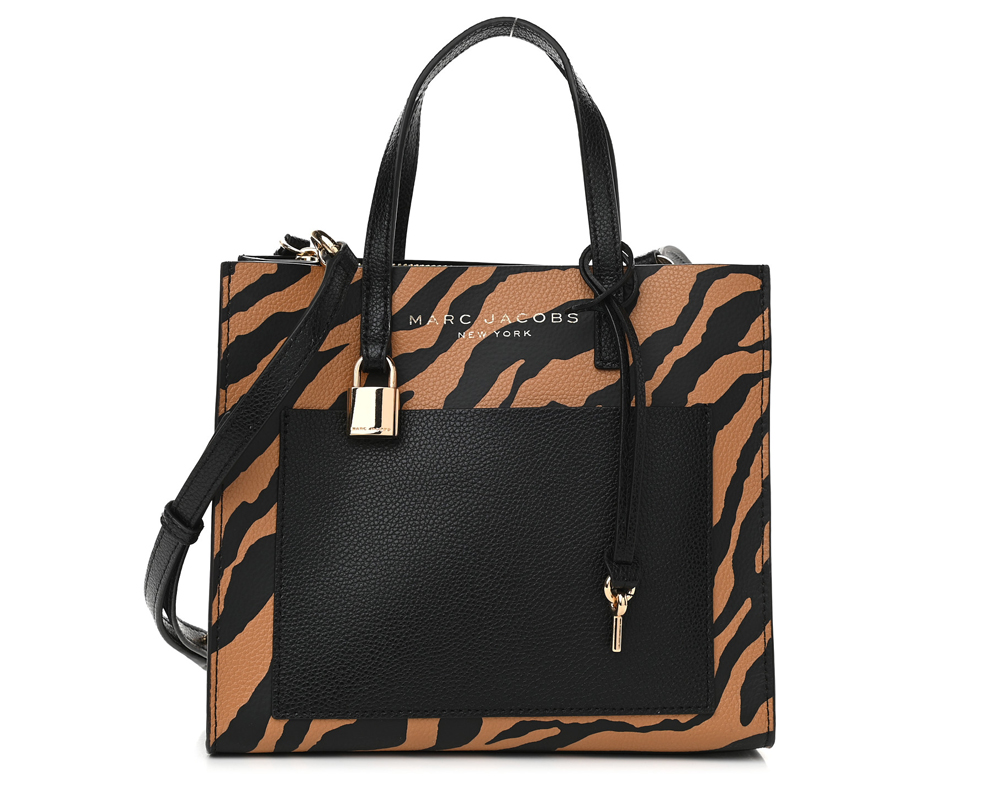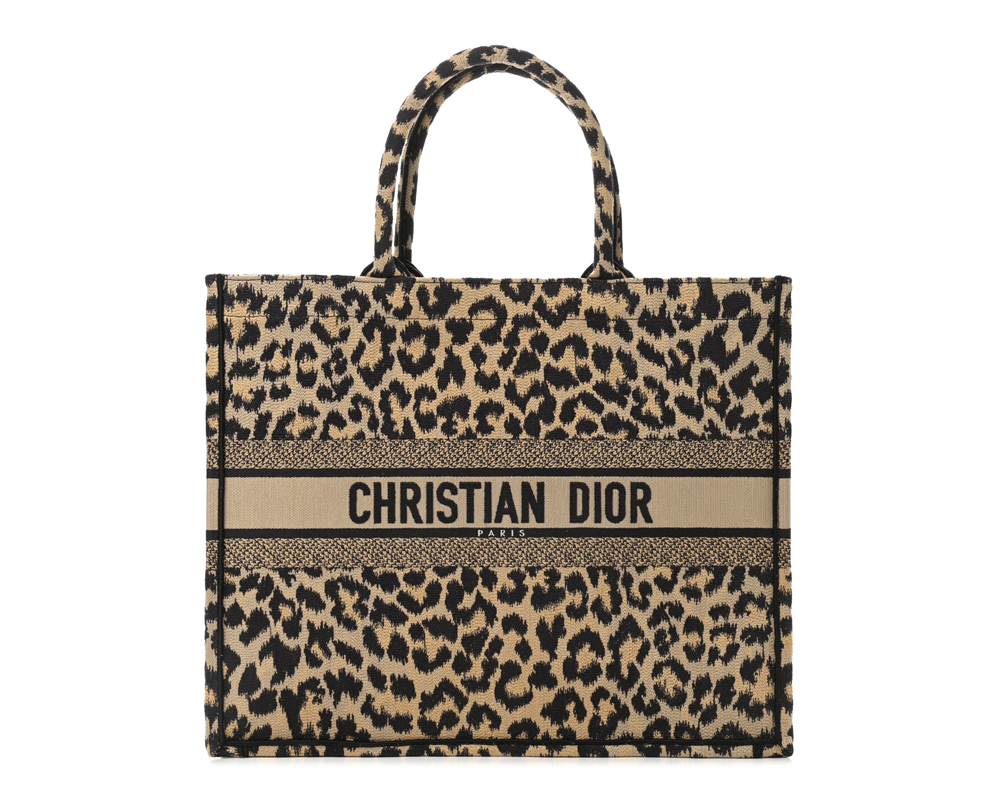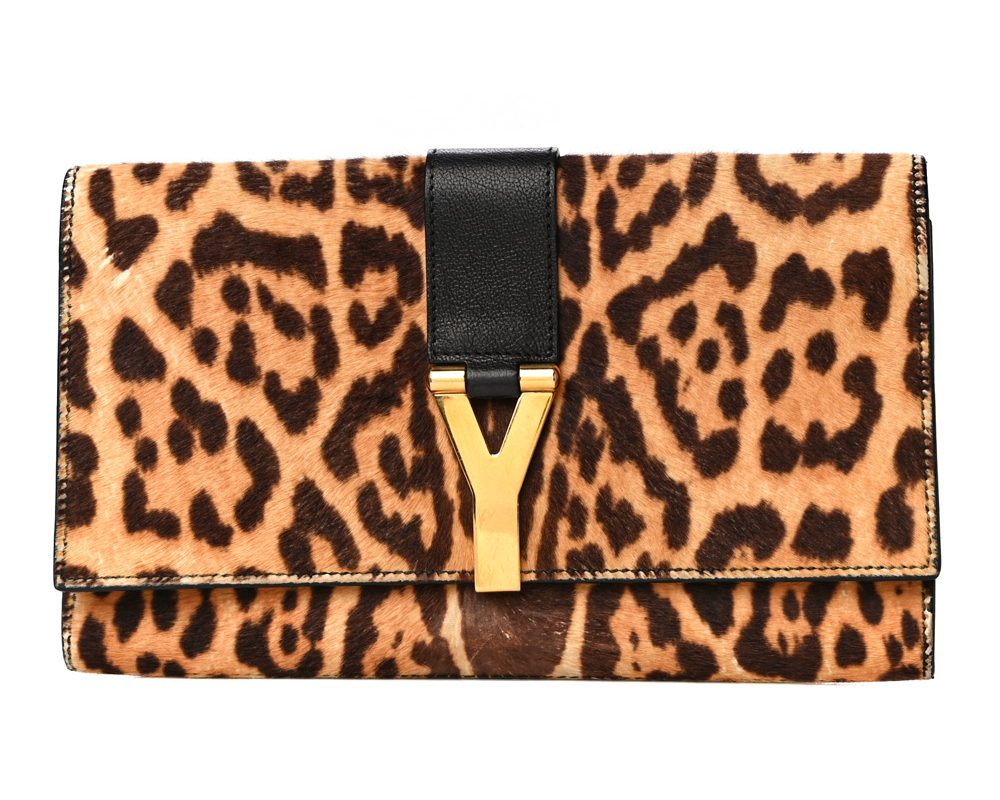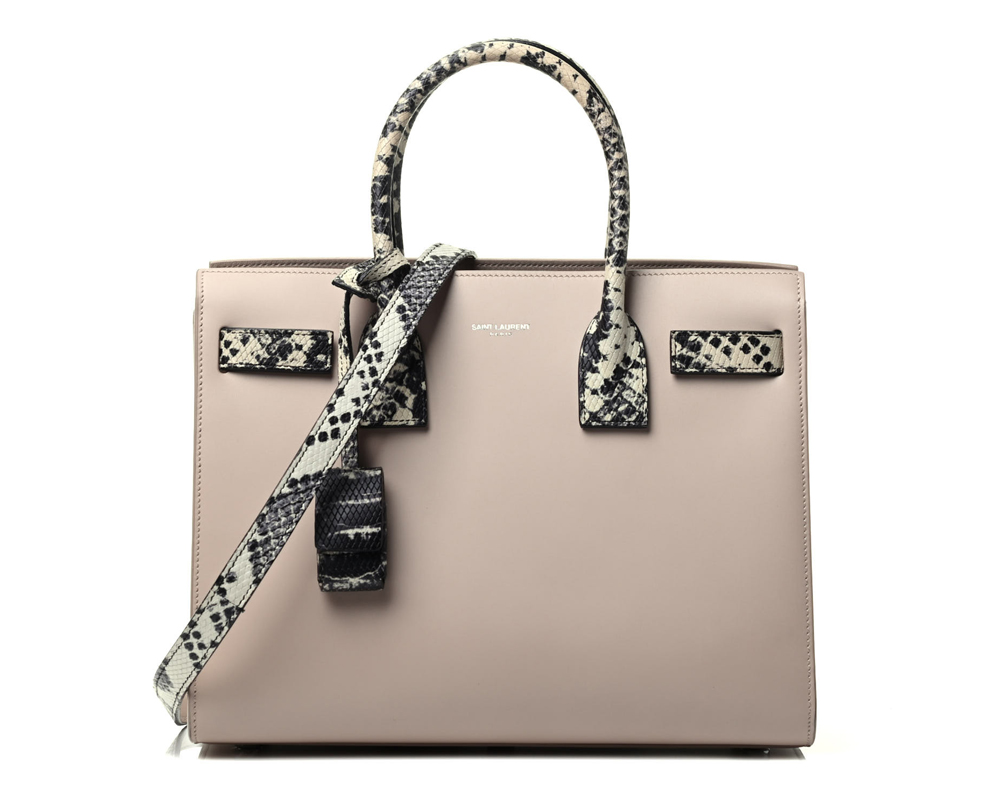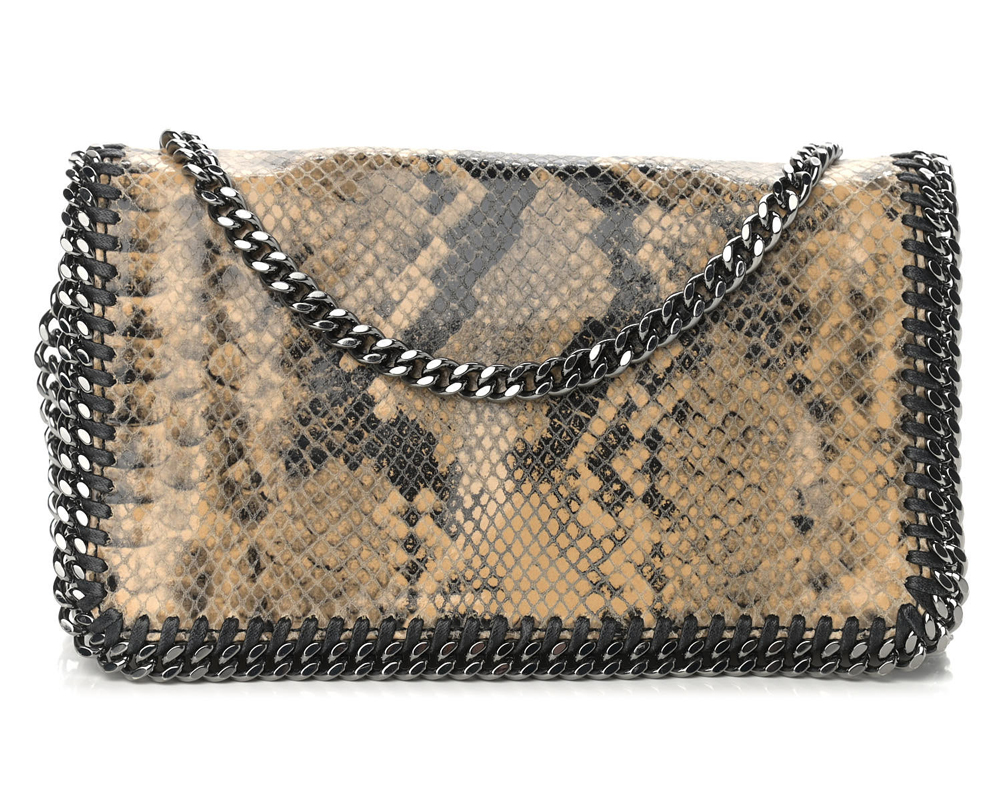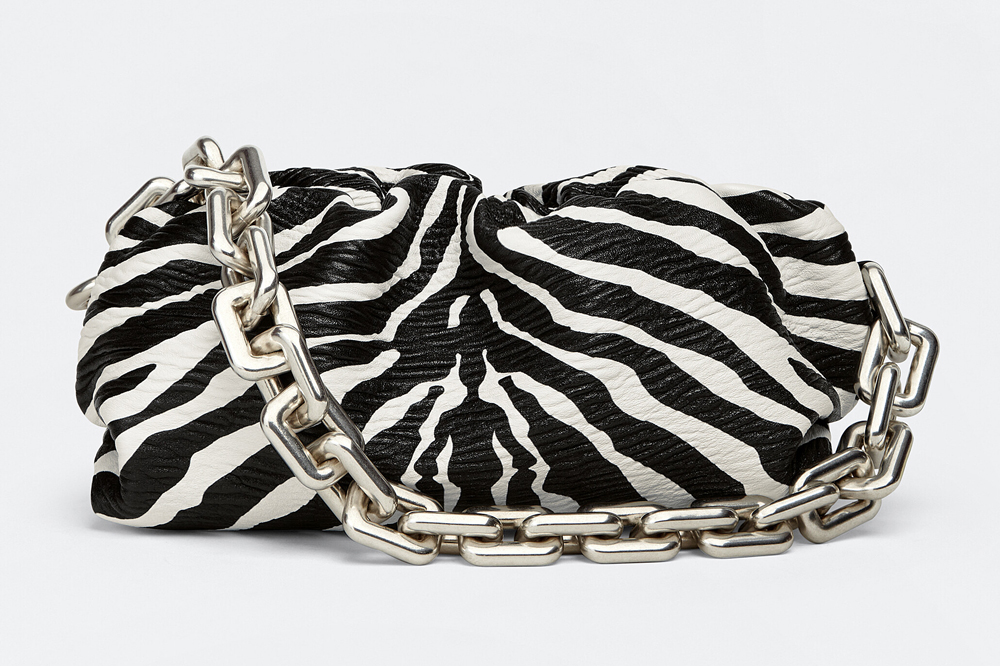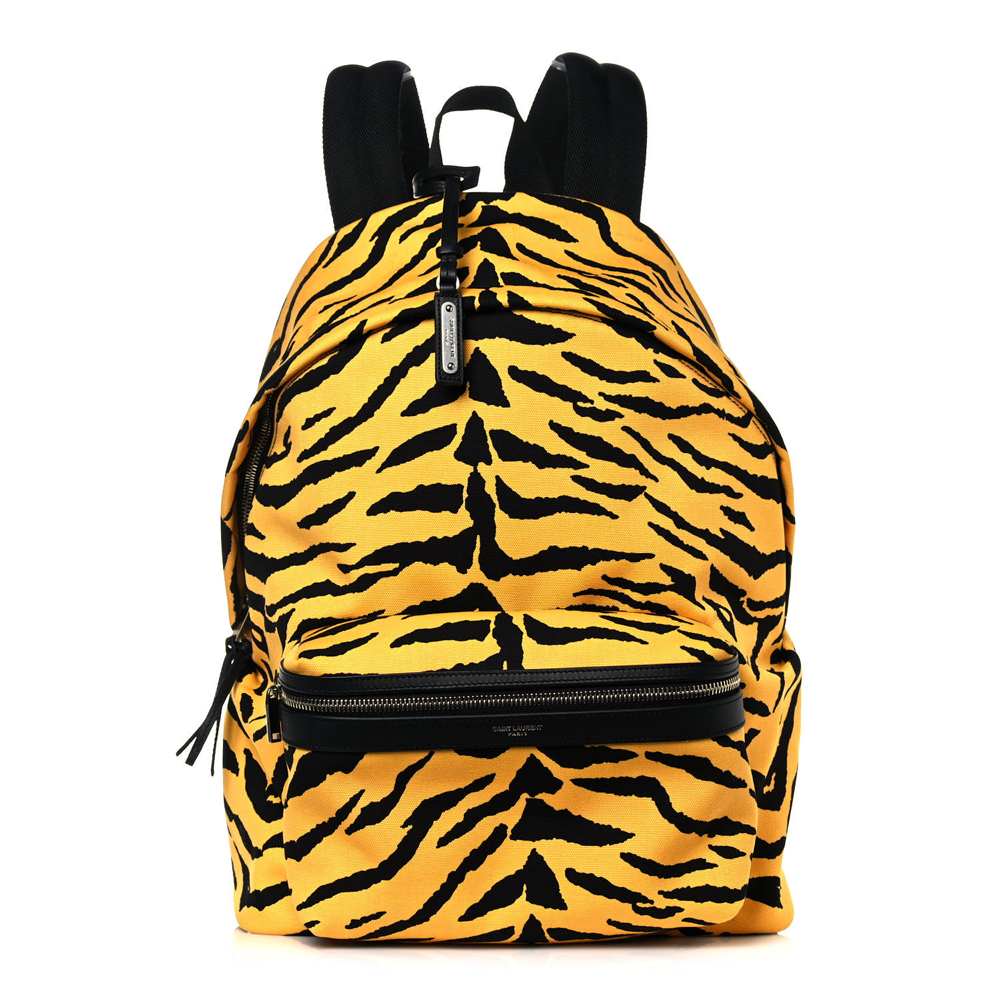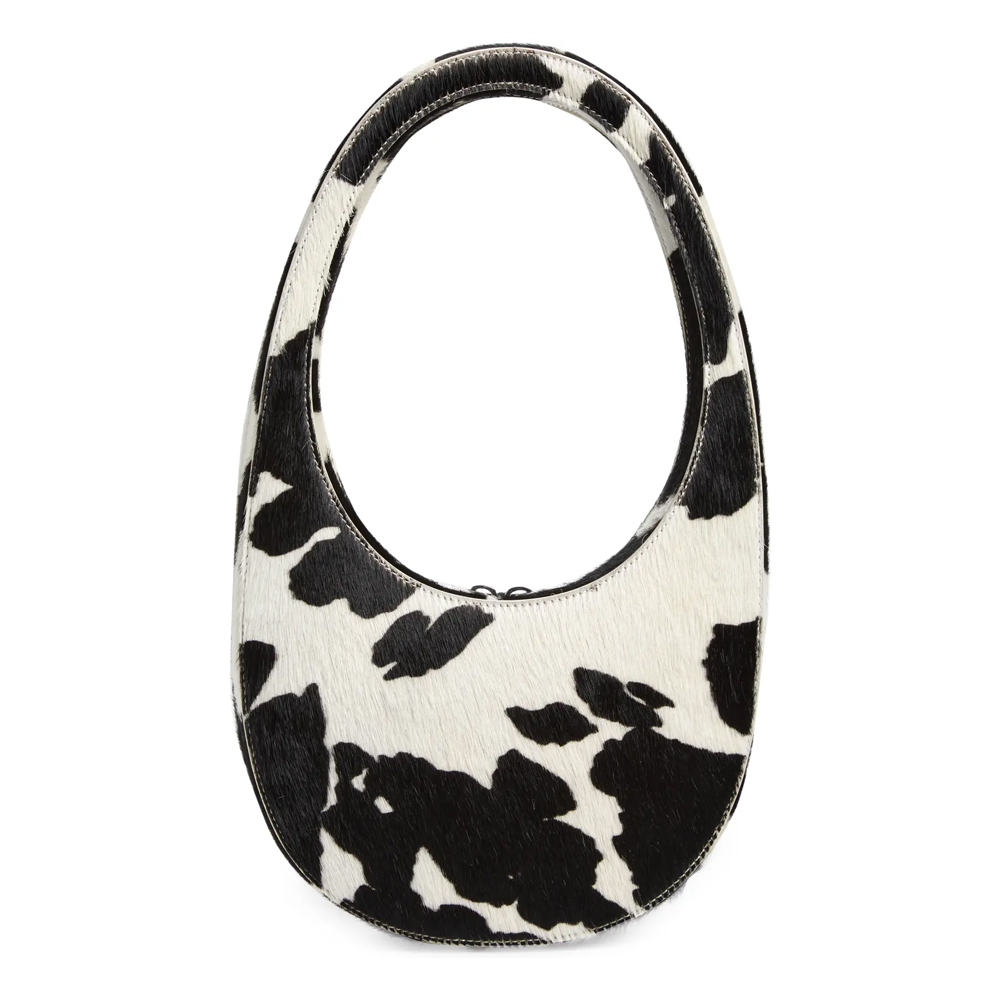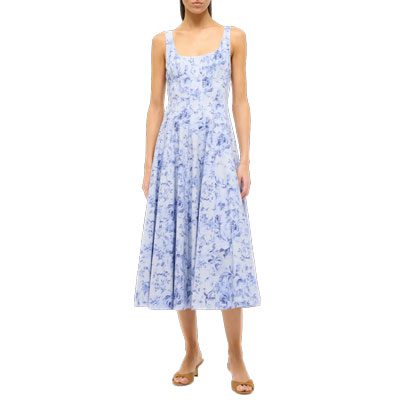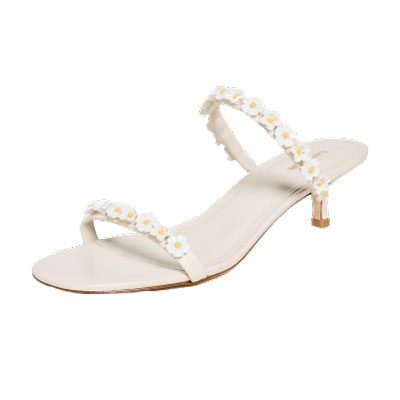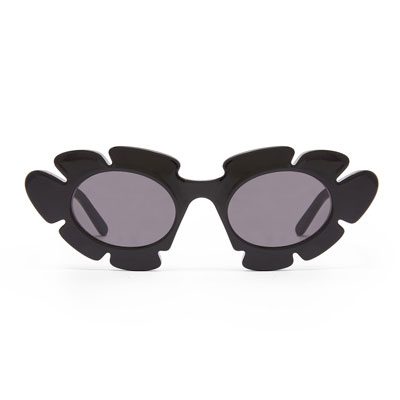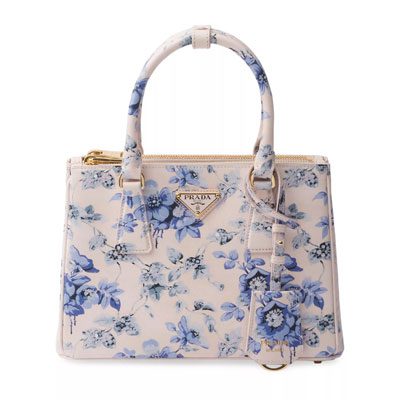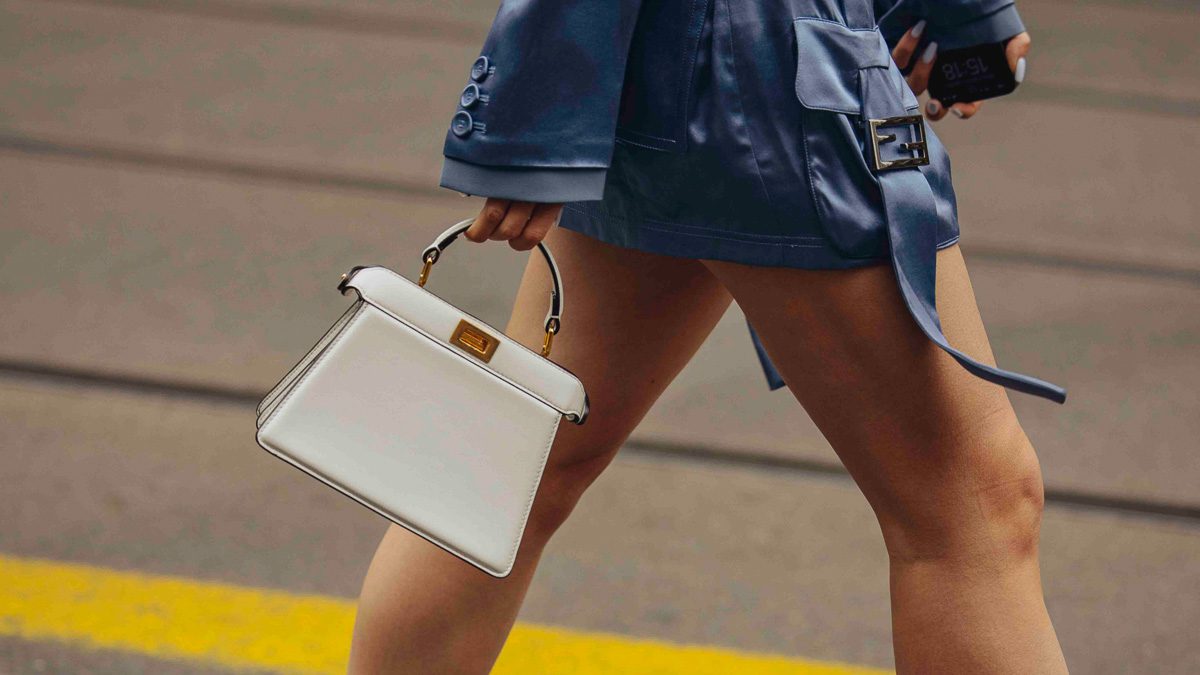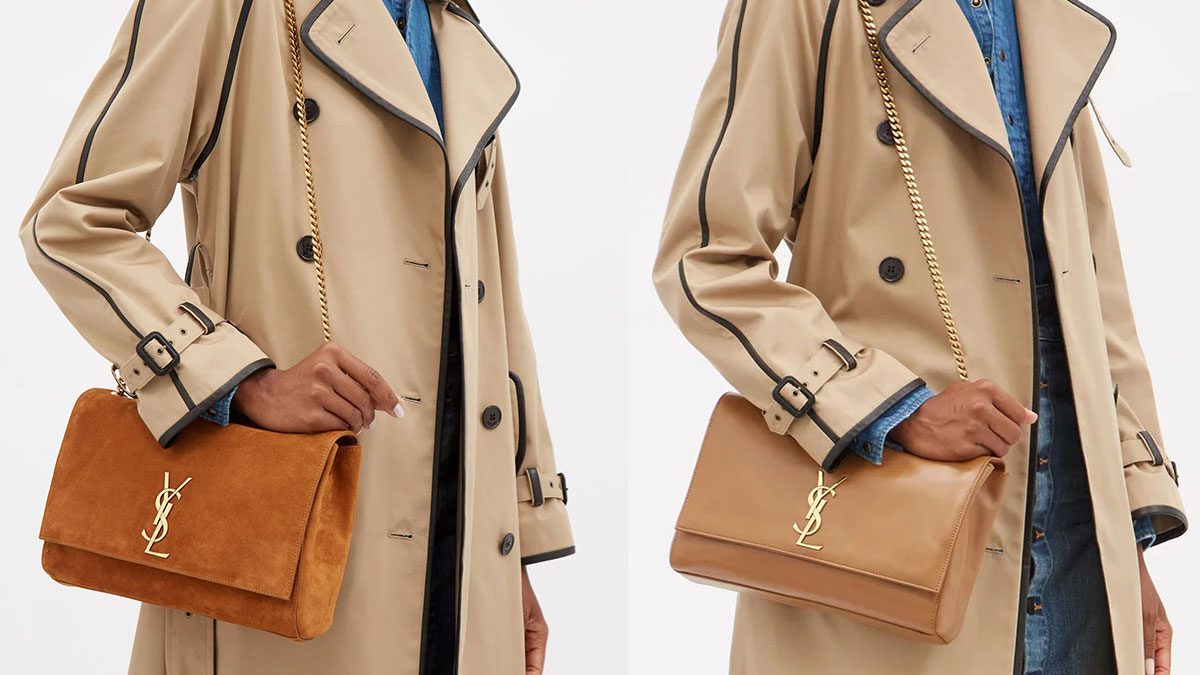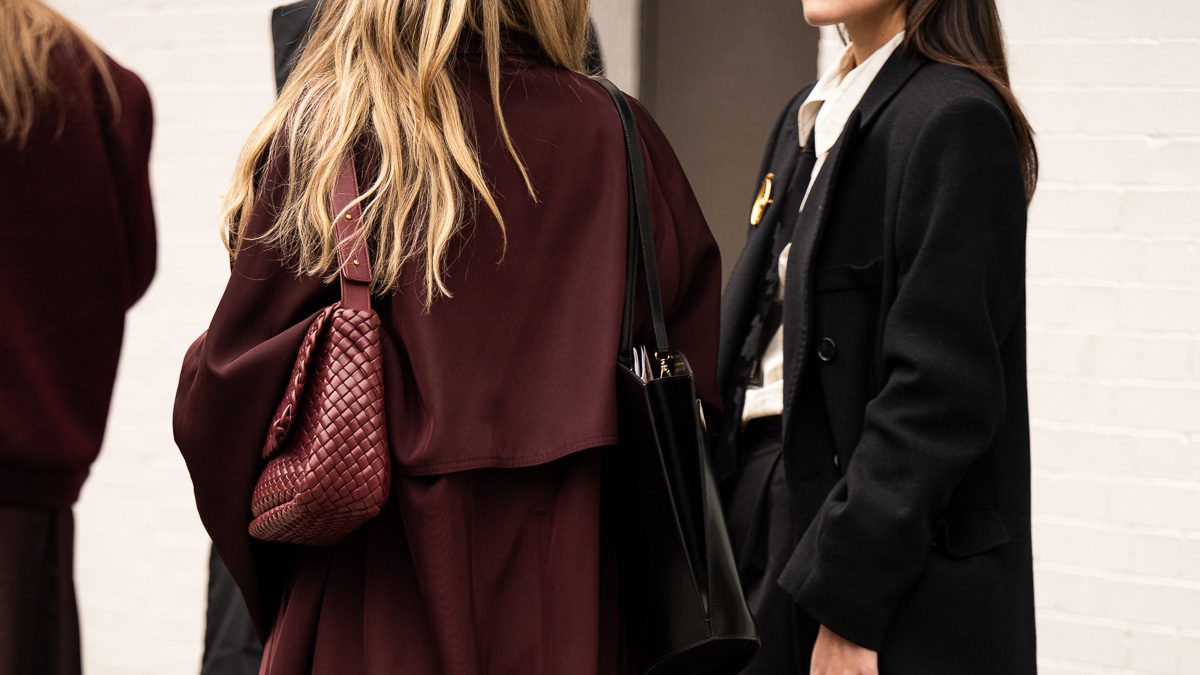I’m going to be honest with you, the subject of animal-printed purses is a rather difficult one to broach. We’ve already spoken about croc-embossed bags at length, and technically, they fall under the umbrella of animal-printed items to a certain degree too. But today, what we’re talking about are all-out and unmistakable animal-printed purses, more along the lines of Juicy Couture circa. 2000 (or Ganni from 20 years later – similar prints but, well, obvious contrast), then the more subtle (and less on-your-face) croc-patterned Sac de Jour I’d originally lost my heart over.
Now, back to why animal prints are difficult to execute and even more difficult to pull off. Obviously, for something as striking as these are, there’s bound to be a lot of conflicting opinions involved. Firstly, there is a group of women who swear by the versatility of animal prints. Then there are the fashion police judging the prints by the harshest standards. And then there’s PETA, who’s ready to throw blood every time you’ve got something remotely resembling an animal on your person. In hindsight, the last one isn’t as much of a problem for us commoners as much as it is for the brands themselves (remember Chanel’s *very* public ban on exotics?)
But despite their appeal to a rather exclusive section of society, animal prints unfailingly make a comeback every season, in some form – whether as ready-to-wear, accessories, or shoes – and at all price points. This might lead one to believe that there’s some classiness to them. Why would buyers be flocking to purchase them season after season, right? Truth be told, even though they might not be everyone’s cup of tea, the good thing about animal prints is that they pretty much leave nothing untouched. Plenty of colors? Check. Trendy? Check. Fashionable (or, at least, catchy)? Check. The notion of good quality (although debatable) from a high-end brand? Check.
And thus, leopards, tigers, zebras, snakes, and other animal prints have seeped into the public consciousness and earned a seemingly permanent spot on the runway. Here, we take a look at some of their most popular iterations and discuss the pros and cons of each, so if you’re digging one, now might be a good time to sit up and take notice.
Leopard (and Other Cat) Prints
Accurate documentaries depicting the lives of cavemen (like The Flintstones) have led us to believe that donning tiger skins is a power move in nature. And after all, why not? The fur coats of big cats are naturally adapted not only as a means of camouflage in the jungle but also to instill fear into the prey’s minds. And the inculcation of said prints into clothing and accessories provides the impression that the wearer is in a position of dominance (although, by no means, a camouflage in a sea of all black and greige). So, whether it be a tiger-striped Cavalli haute couture gown, a pair of leopard Louboutins, or an Ocelot Coach purse, cat prints are possibly the most aggressively featured animal pattern in the market that has become a go-to of sorts for brands to make a notable runway spectacle without really coming up with something groundbreakingly unique.
Pros:
Cat prints come in a wide variety of colorways, from the very earthy brown and black leopards to white tigers, as well as tonal shades and bright metallic colors. Thus, the great thing about them is that coordinating outfits, especially to a mostly neutral wardrobe, becomes much easier simply by being patterned.
Secondly, regardless of the shades and real estate they cover on the handbags themselves, the prints are an instant statement-maker. So, they’re bound to draw attention whether they’re incorporated as trims on an otherwise plain purse or as an all-over haircalf leopard-printed slouchy hobo. And with the rightly paired outfit (remember, if your bag is printed, the rest of your outfit should be in solid shades), they can look très chic!
Finally, they’re super trendy too. Dior recently did the Mizza collection, and its Saddle seems to have stepped right out of the 2000s – undoubtedly the hottest thing to be right now. But even the collection’s Book Tote is a clever nod to the large totes of the era while still maintaining a relatively simple and functional silhouette that simultaneously serves as a spacious canvas for the leopard print.
Cons:
Really, the fact that cat prints scream for attention might be its biggest con. In the workplace or the subway, few of us want to be that person everybody is eyeing (and often not with the best of intentions) – some places simply call for a more muted ensemble.
Secondly, there’s a lot of debate about when leopards are actually in. Even though they exist pretty much all year round, as the rather arbitrary rule of no white after Labor Day, leopard is often thought to be a fall shade. While this makes sense – the warm colors provide a good contrast – there’s no legitimate reason you can’t wear them year-round either.
Another downside (of sorts) is that most cat prints look remarkably alike. There are several big cats in the jungle, from leopards to cheetahs to jaguars and ocelots, and while luxury brands may try to differentiate the design by incorporating the subtle differences between the prints (like Gucci’s Jaguar-printed Fall 2013 collection), appearance-wise they rarely look very different from fast fashion lookalikes. Does that cheapen the overall effect, though? That’s up to how the brands actually execute them.
Snake Prints
Now while cat prints tend to be either printed on the leather or dyed on calf hair, the snake pattern comes in various materials ranging from actual snakeskin to embossed leather and simply as a print. How do you differentiate between the three? Genuine snakeskin purses will pretty much always have a hefty price tag attached. Still, the difference between the embossed and the printed is textural: python-embossed purses feature the scales inscribed onto the leather, while the prints tend to be smoother, made of a layer of (faux) scales lined up against one another, their craftsmanship depending on the quality and age of the material used to make them.
Pros:
Color-wise, snakeskin too has a pretty broad range like tiger-print. But the difference between the two is in the pattern itself – leopard and its counterparts come in the form of more discrete spots or stripes, while python features a more abstract design that feels slightly more exotic. But it’s also just as versatile as leopard, and some might say, more muted than cat-prints due to the pattern’s uniformity, making it a more preferable choice for an everyday purse.
Another great thing about the snakeskin print is that unlike leopard, which is often done in haircalf/ponyhair, it requires less babying and won’t end up balding.
Cons:
One of the primary faults of printed snakeskin is the possibility of the scales lifting, which makes using them more problematic than one would expect when purchasing what is essentially a dupe of the original. But of course, standards vary – my mom’s old Michael Kors is not quite the benchmark we should follow.
As for embossed snakeskin, I honestly can’t think of much of a con to that (possibly because I’m quite inclined to the print myself). Unless, of course, you don’t like the print itself.
Zebra Print
Leopard and snakeskin are the more commonly done animal prints in the handbag wilderness, so much, in fact, that we’ve come to associate them largely as fashion mainstays and not as actual animals that exist in nature. The zebra print, however, seen out and about less often, has the advantage of being more reminiscent of the exotic savannah creatures they’re taken from than yet another handbag pattern. So, if you’re looking for some campy graminivorous glamor, this one’s for you.
Pros:
The good thing about the zebra print is that it’s relatively easy to execute than cats or snakes are, and in terms of colors, they’re also easier to carry – being only black and white. As a result, the print provides the best of both colors: it’s neutral enough to work as an alternative to black, while the clean white lines add a touch of freshness without being too over-the-top. Bonus: smaller ink stains will mostly blend into the print!
Not only that, the zebra texture can be achieved on a variety of materials, from Fendi’s calf hair Baguettes to Bottega Veneta’s leather chain pouch to Dolce & Gabbana’s sequined numbers, so if you happen to be a fan of the print, you can truly go wild.
Cons:
But the big question about the print is that isn’t it pretty much the same as the white tiger print? Yes, I realize zebras have slightly wider stripes, but this technicality is lost upon most onlookers. And as long as you look good, does it really make a difference?
Cows and Giraffe Prints
These again constitute the finer differences in the broad category of somewhat spotted leathers. Cow-prints consist of spots with rough edges, often done on haircalf (yes, I see the irony there) and were seemingly a celeb favorite a few seasons ago, while giraffe-prints are much larger and reminiscent of cobblestones with smoother edges and rounded corners.
Pros:
Pretty much the same as any other spotted, cat-print leather. If you happened to carry a black and white spotted purse with a ponyhair surface, you’d receive a mixed bag of opinions from the brand, the retailer, and various onlookers about what animal it’s actually supposed to represent. But it doesn’t fail to draw attention, that’s for sure.
Cons:
It could be just me, but I’m assiduously against giraffe prints for some reason. It’s the worst of the animal patterns, possibly because the large-ness of the spots in my eyes look sloppy, and perhaps that’s why very few brands have actually dabbled in the print except some contemporary ones like Dooney & Bourke.
The handbag world has been taking inspiration from the animal kingdom possibly since its inception, which, truth be told, isn’t entirely creative given that most of them are actually made from animals. In that sense, though, is cow-print supposed to be a tribute of sorts? Now I have questions, but I digress.
The appeal of animal prints is obvious – they’re versatile and colorful, and with the resurgence of all 2000s everything, they should be everywhere right now. Given this argument, am I the only one to think we see fewer animal prints than expected? Yes, Khloe Kardashian and Hailey Bieber were spotted carrying the Bottega Zebra Pouch, but the much-hyped Dior Mizza is yet to make a major celebrity appearance. And even in the handbag wilderness, animal-printed purses are far less common than clothing.
Maybe one of the reasons for this is that mixing prints are often seen as tacky, and since most of us at this point own some form of checkered or striped pieces, adding animal prints seems slightly excessive.
Secondly, since the print has lasted in brand culture for an inordinately long amount of time compared to your average trend, it’s possible that by this point, we’re all suffering from animal-print fatigue (owing, in no small part, to Juicy Couture). So, even though several designers might be trying to make it happen now on the heels of all the revivals, it doesn’t appear to be something very new to us since it never quite disappeared.
Finally, do you suppose animal prints could perhaps be too versatile? Does it become rather obvious to onlookers that you’re trying to pass off the same bag everywhere because it features a large cross-section of the color palette? And as a result, do the purses featuring them appear less elegant? Just a thought.
Hence, even though animal prints check all the boxes, in theory, they still seem to fall short of what it takes to be popular in practice. Do you agree? Are you a fan of animal prints, or do you think it’s about time they’re left behind?

